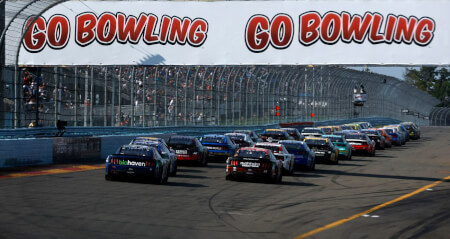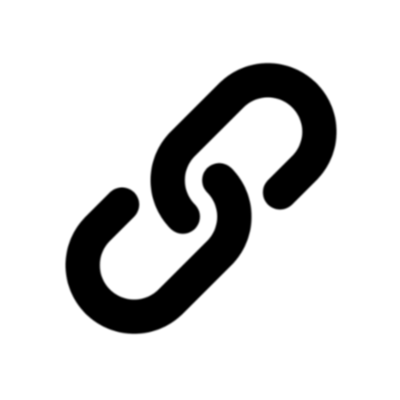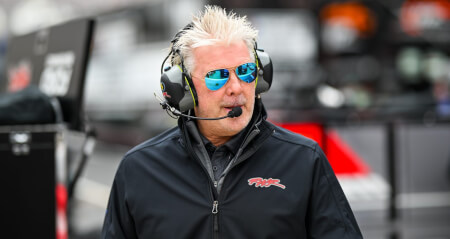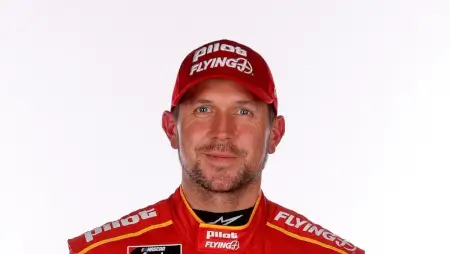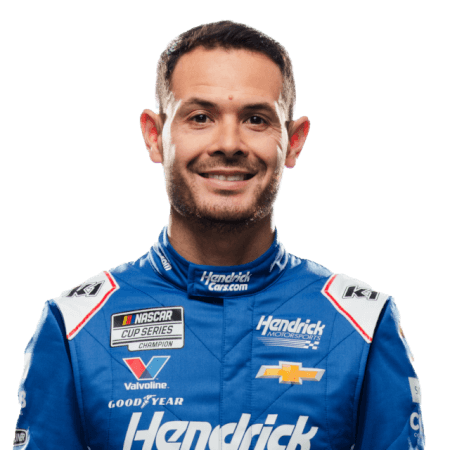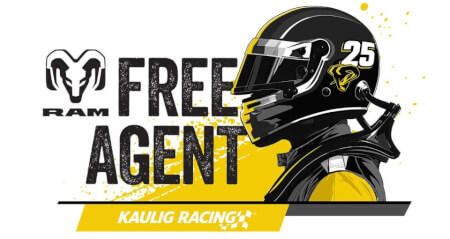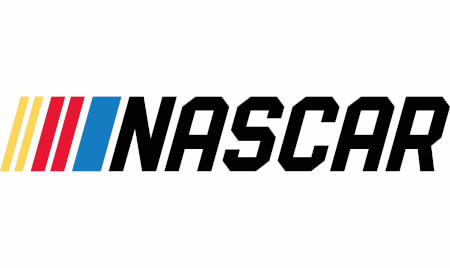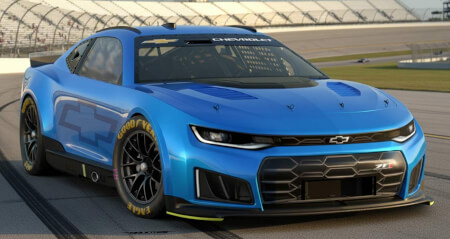September 12th 2024
New Goodyear compound for Cup this weekend
A new tire compound courtesy of Goodyear is expected to change the look of Sunday’s NASCAR Cup Series Playoffs race at Watkins Glen International.
The Go Bowling at The Glen event set for 3 p.m. ET Sunday (USA, MRN Radio, SiriusXM NASCAR Radio, NBC Sports App) will feature a tire tread expected to create approximately three seconds worth of lap-time fall-off from the start of a run through its conclusion. If tire degradation is indeed that severe, drivers will be forced to change how they attack the historically fast, sweeping 2.45-mile road course in upstate New York.
Team Penske’s Austin Cindric, Trackhouse Racing’s Daniel Suárez and 23XI Racing’s Regular Season Champion Tyler Reddick — all drivers competing in the postseason — participated in a three-team, two-day tire test at the road course on June 26-27. Goodyear provided six different compounds to teams that day, four of which were developmental compounds. Reddick and Suárez each spun during testing while determining the limits of the new rubber, with Reddick spinning multiple times on Day 1 of testing. On Cup Series Playoffs Media Day ahead of the playoffs, drivers mentioned information they received indicated tires lost anywhere from two to five seconds worth of lap time over the tires’ life.
Following the tire test, Ford, Chevrolet and Toyota each brought vehicles to perform a wheel-force test, in which the manufacturers could collect data via sensors and provide teams information to prepare for the upcoming race.
Team Penske’s Austin Cindric, Trackhouse Racing’s Daniel Suárez and 23XI Racing’s Regular Season Champion Tyler Reddick — all drivers competing in the postseason — participated in a three-team, two-day tire test at the road course on June 26-27. Goodyear provided six different compounds to teams that day, four of which were developmental compounds. Reddick and Suárez each spun during testing while determining the limits of the new rubber, with Reddick spinning multiple times on Day 1 of testing. On Cup Series Playoffs Media Day ahead of the playoffs, drivers mentioned information they received indicated tires lost anywhere from two to five seconds worth of lap time over the tires’ life.
Following the tire test, Ford, Chevrolet and Toyota each brought vehicles to perform a wheel-force test, in which the manufacturers could collect data via sensors and provide teams information to prepare for the upcoming race.
“In our ongoing efforts to introduce more fall-off, we tested at Watkins Glen in June and came out with a new tire that will accomplish that goal,” said Greg Stucker, Goodyear’s director of racing. “Based on our test and a subsequent WFT (wheelforce test) with the manufacturers, we should see around three seconds of fall-off per lap over a run. That, of course, can mean more passing throughout the race. It’s always tricky on road courses as drivers take advantage of a limited number of ‘passing zones,’ so the increased fall-off should lead to more comers and goers as some drivers manage their tires and gain on the field as the runs go on.”
Indeed, the dramatic levels of fall-off are intentional as Goodyear and NASCAR work hand-in-hand to create better passing opportunities for drivers.
“The evolution of where we want to go with tires starting back at our short tracks and road courses, as we’ve said for the last couple of years, we want to get really aggressive on [tire wear],” Elton Sawyer, NASCAR’s senior vice president of competition, told SiriusXM NASCAR Radio on Tuesday. “And Goodyear has been a tremendous partner in this effort. I mean they’ve worked really hard. We’ve done a lot of testing. Some things that have come out of this include the option tire that we ran at Richmond a couple weeks ago.
“So that technology and that innovation, if you will, and evolution of where the tire is today is a credit to them. And we will continue to push the boundaries there. Ultimately, our goal is to have great racing, but what gives us that is tire fall-off. So, continuing to work on it, but we’re excited to see exactly what we’ll have up there this weekend.”
Martin Truex Jr. is a past winner at Watkins Glen and the 2017 NASCAR Cup Series champion. Adding tire wear to the mix, he believes, will play into his strengths in the No. 19 Joe Gibbs Racing Toyota.
“I think it’ll be a good thing for me, personally,” Truex said at NASCAR Playoffs Media Day. “I think it’ll be a good thing for passing. Watkins Glen is so fast that when we were there the last few years with no tire fall-off, you can’t get close enough to a guy to make a pass. It’s simple physics, right? You go up through the esses and lose five-to-six car lengths, it’s over. So, it’s going to help us be able to make passes, especially if your car is good and that’s what we need at those kinds of places.”
Perhaps the most significant unknown heading into Sunday’s 90-lap contest is whether the tire wear will be so significant that it discourages teams from “flipping” stages. At Watkins Glen, Stage 1 will conclude at Lap 20 and Stage 2 at Lap 40, with pit road closed after the leader crosses the start/finish line to signal two laps remaining in the stage. Since stages were introduced in 2017, teams have typically opted for one of two strategies at road courses: pit before the stage end and restart at the front of the field to retain track position or stay out to collect stage points, sacrificing track position and restarting toward the tail of the field.
Game-planning for Sunday’s race at Watkins Glen could be flipped on its lid if tire degradation is so severe that two green-flag laps result in significant fall-off.
“I certainly think that it could definitely play a role in strategy,” Denny Hamlin, last year’s Watkins Glen pole-sitter, said during Media Day. “It’s been so straightforward in the past that you just want to get to those stage points, and then you go ahead and pit. But certainly, if tires are going to matter like it seems like they might, it throws a whole new element in it — and it’s not a huge gimmicky element because you have to strategize around tire wear. The driver plays a huge role in that, so certainly I’ve got my fingers crossed that it’s a race that’s going to be unlike any road course we’ve seen.”
For more Industry News, please Click Here
